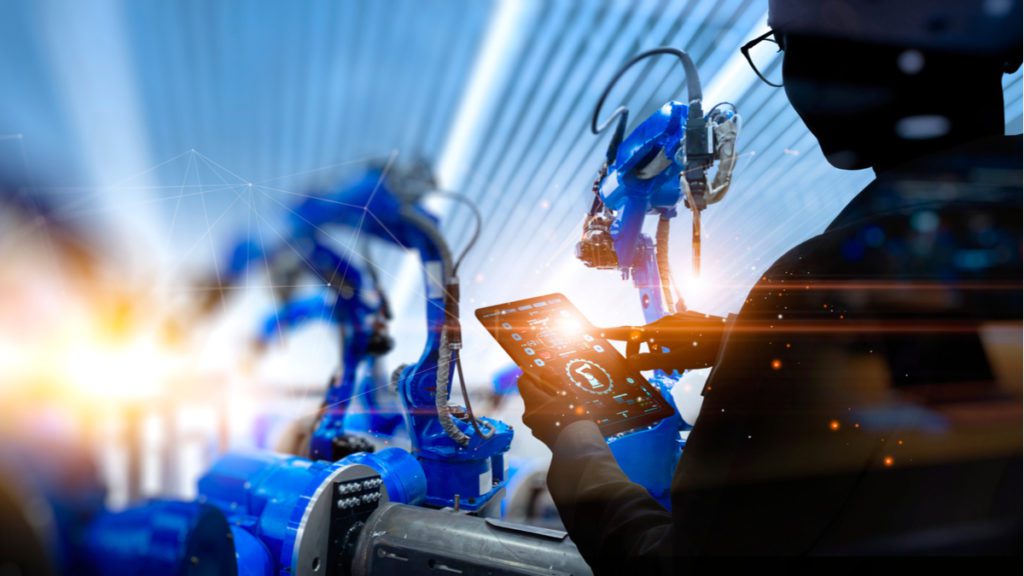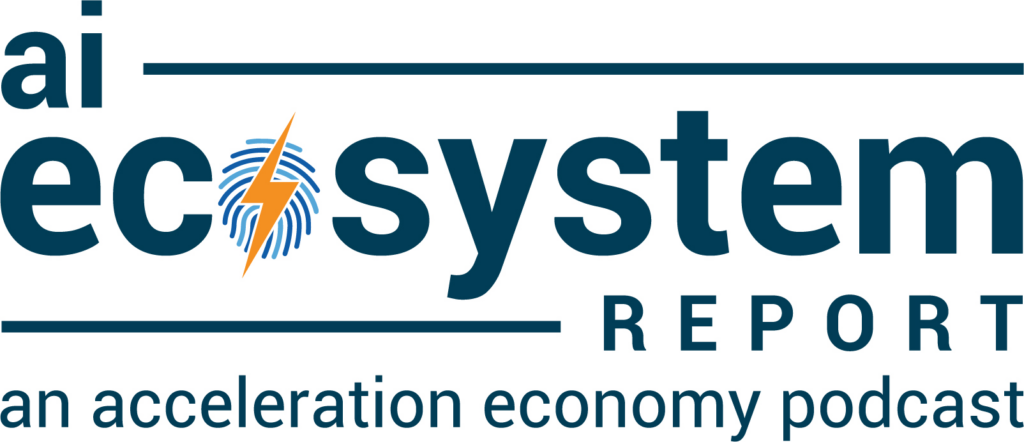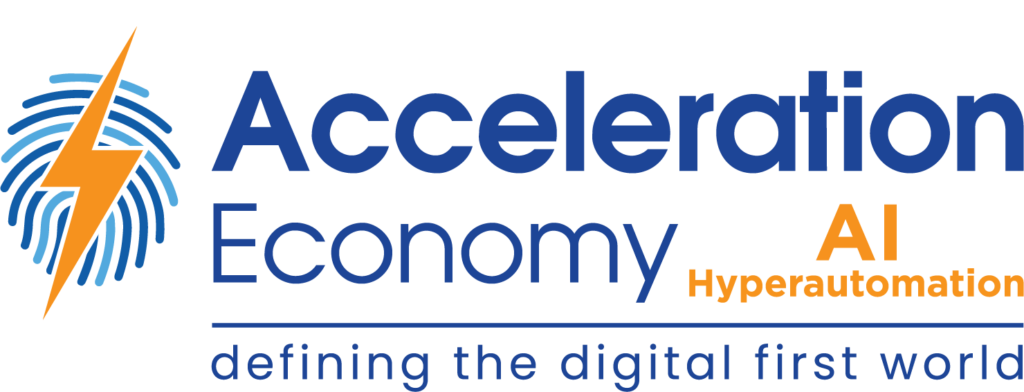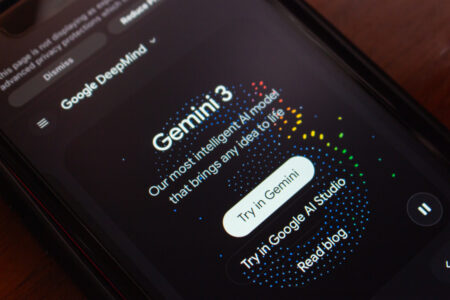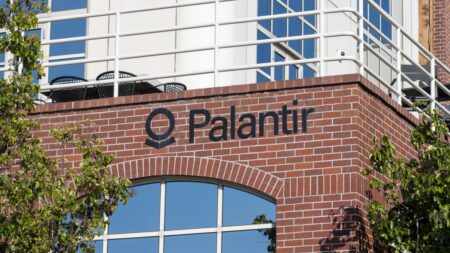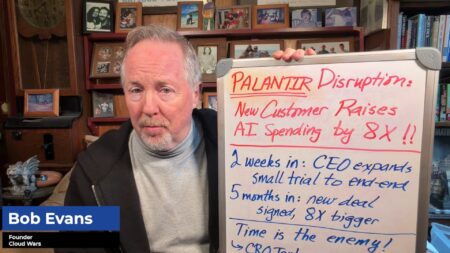As CIO of a mid-market manufacturing organization, I look for ways to use technology to enhance our processes. A large category of digitization technology has been referred to as Industry 4.0. This references both a 4th Industrial Revolution as well as a convergence of different technological innovations that have resulted in movement away from humans and towards machines, particularly in the manufacturing space. Consequently, this can cause those same humans to worry about their future in the workforce. If everything can be done better by machines, then how will the people make a living? Couple that with science fiction books and movies where the machines take over the world, and you can see why some would get nervous.
One positive outcome of the pandemic is that it helped focus attention on the need to keep people working. That’s not to say that we want to keep our employees doing jobs that are mundane and tedious, but we do want to find ways to put those people to work doing interesting things that humans are still better at than machines, such as critical thinking and adapting to changing requirements.
Rather than finding ways to eliminate reliance on humans, we want to find ways to empower them with technology and to create processes where humans and machines are both integral to successful outcomes. That is precisely the purpose of a movement that is referred to as Industry 5.0. It is not a new industrial revolution, per se. It is more of a refinement or refocus of Industry 4.0 technologies onto humans and that which is important to humans.
Research and Analysis company Frost & Sullivan have put together a very nice explanation of Industry 5.0, and how it has evolved from and compares to Industry 4.0. They provide this elegant description:
“Industry 5.0 is a model of the next level of industrialization characterized by the return of manpower to factories, distributed production, intelligent supply chains, and hyper customization, all aimed to deliver a tailored customer experience time after time.”
This focus on customer experience is quite a departure from Industry 4.0. It is very consistent with the more recent trends toward Digital Transformation. The transformation does result in higher levels of productivity and efficiencies, but the end goal is more directly concerned with enhancing customer experience. This makes Industry 5.0 a fantastic platform for the modern CIO who wants to get out of the back-office technology support game and take part in market transformation and other business objectives. And of course, humans that are impacted by Industry 5.0 are not only customers, but also include employees, vendors, and supply chain partners. Another quote from Frost & Sullivan:
“Industry 4.0 relies heavily on automation and has been intimidating workers on factory shop floors. Frost & Sullivan envisions a futuristic scenario of the next big thing—Industry 5.0, which will bring back empowered humans to the shop floor.”
Empowered Humans. That is a great mantra for any CIO. Again, we don’t want to replace humans, we just want to help them do what they do even better. Microsoft, Google, Apple, and Amazon have done a great job of bringing this integration of powerful cloud-based technology to the home for the last few years. Artificial Intelligence—through assistants like Alexa, Google, Siri, and Cortana—have helped pave the way for people to see how incredibly advanced systems can become an integral part of life. No one worries that Alexa will replace them in the home. It’s easy to see that these technologies just enhance our lives. Industry 5.0 takes those same technologies and applies them to manufacturing.
In future articles, I will explore some of the ways that Industry 5.0 has already begun to re-humanize the technology that Industry 4.0 introduced.
Looking for real-world insights into artificial intelligence and hyperautomation? Subscribe to the AI and Hyperautomation channel:


